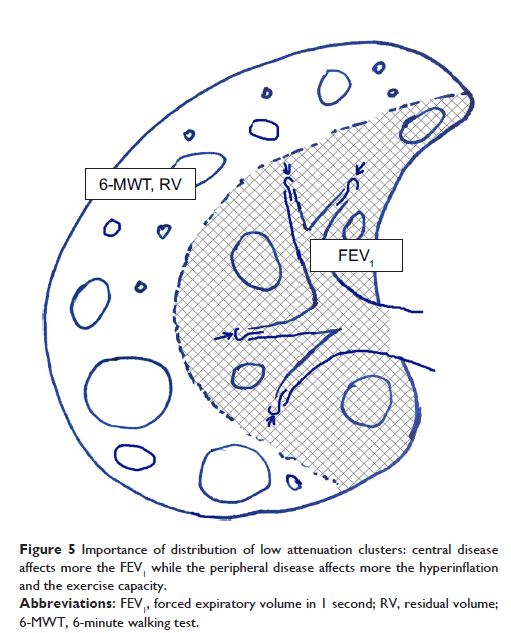108605
论文已发表
注册即可获取德孚的最新动态
IF 收录期刊
- 3.4 Breast Cancer (Dove Med Press)
- 3.2 Clin Epidemiol
- 2.6 Cancer Manag Res
- 2.9 Infect Drug Resist
- 3.7 Clin Interv Aging
- 5.1 Drug Des Dev Ther
- 3.1 Int J Chronic Obstr
- 6.6 Int J Nanomed
- 2.6 Int J Women's Health
- 2.9 Neuropsych Dis Treat
- 2.8 OncoTargets Ther
- 2.0 Patient Prefer Adher
- 2.2 Ther Clin Risk Manag
- 2.5 J Pain Res
- 3.0 Diabet Metab Synd Ob
- 3.2 Psychol Res Behav Ma
- 3.4 Nat Sci Sleep
- 1.8 Pharmgenomics Pers Med
- 2.0 Risk Manag Healthc Policy
- 4.1 J Inflamm Res
- 2.0 Int J Gen Med
- 3.4 J Hepatocell Carcinoma
- 3.0 J Asthma Allergy
- 2.2 Clin Cosmet Investig Dermatol
- 2.4 J Multidiscip Healthc

Clinical and quantitative computed tomography predictors of response to endobronchial lung volume reduction therapy using coils
Authors Kontogianni K, Russell K, Eberhardt R, Schuhmann M, Heussel CP, Wood S, Herth FJ, Gompelmann D
Received 8 December 2017
Accepted for publication 19 March 2018
Published 20 July 2018 Volume 2018:13 Pages 2215—2223
DOI https://doi.org/10.2147/COPD.S159355
Checked for plagiarism Yes
Review by Single-blind
Peer reviewers approved by Dr Amy Norman
Peer reviewer comments 2
Editor who approved publication: Dr Richard Russell
Objectives: Bronchoscopic lung volume reduction using coils (LVRC) is a
well-known treatment option for severe emphysema. The purpose of this study was
to identify quantitative computed tomography (QCT) and clinical parameters
associated with positive treatment outcome.
Patients and
methods: The CT scans, pulmonary function
tests (PFT), and 6-minute walk test (6-MWT) data were collected from 72
patients with advanced emphysema prior to and at 3 months after LVRC treatment.
The procedure involved placing 10 coils unilaterally. Various QCT parameters
were derived using Apollo imaging software (VIDA). Independent predictors of clinically
relevant outcome (∆6-MWT ≥ 26 m, ∆FEV1 ≥ 12%, ∆RV ≥ 10%) were identified through stepwise linear
regression analysis.
Results: The response outcome for ∆6-MWT, for ∆FEV1 and for ∆RV was met by 55%, 32% and 42%, respectively. For ∆6-MWT
≥ 26 m a lower baseline 6-MWT (p = 0.0003)
and a larger standard deviation (SD) of low attenuation cluster (LAC) sizes in
peripheral regions of treated lung (p = 0.0037)
were significantly associated with positive outcome. For ∆FEV1 ≥ 12%, lower baseline FEV1 (p = 0.02) and larger median LAC
sizes in the central regions of treated lobe (p =
0.0018) were significant predictors of good response. For ∆RV ≥ 10% a greater
baseline TLC (p = 0.0014) and a larger SD
of LAC sizes in peripheral regions of treated lung (p =
0.007) tended to respond better.
Conclusion: Patients with lower FEV1 and 6-MWT, with higher TLC and specific QCT characteristics
responded more positively to LVRC treatment, suggesting a more targeted
CT-based approach to patient selection could lead to greater efficacy in
treatment response.
Keywords: COPD, emphysema, interventional pulmonology, bronchoscopy,
endoscopic lung volume reduction, endobronchial coils
